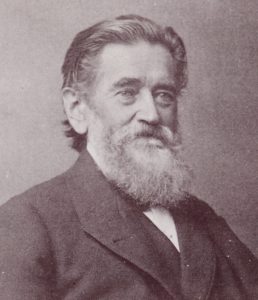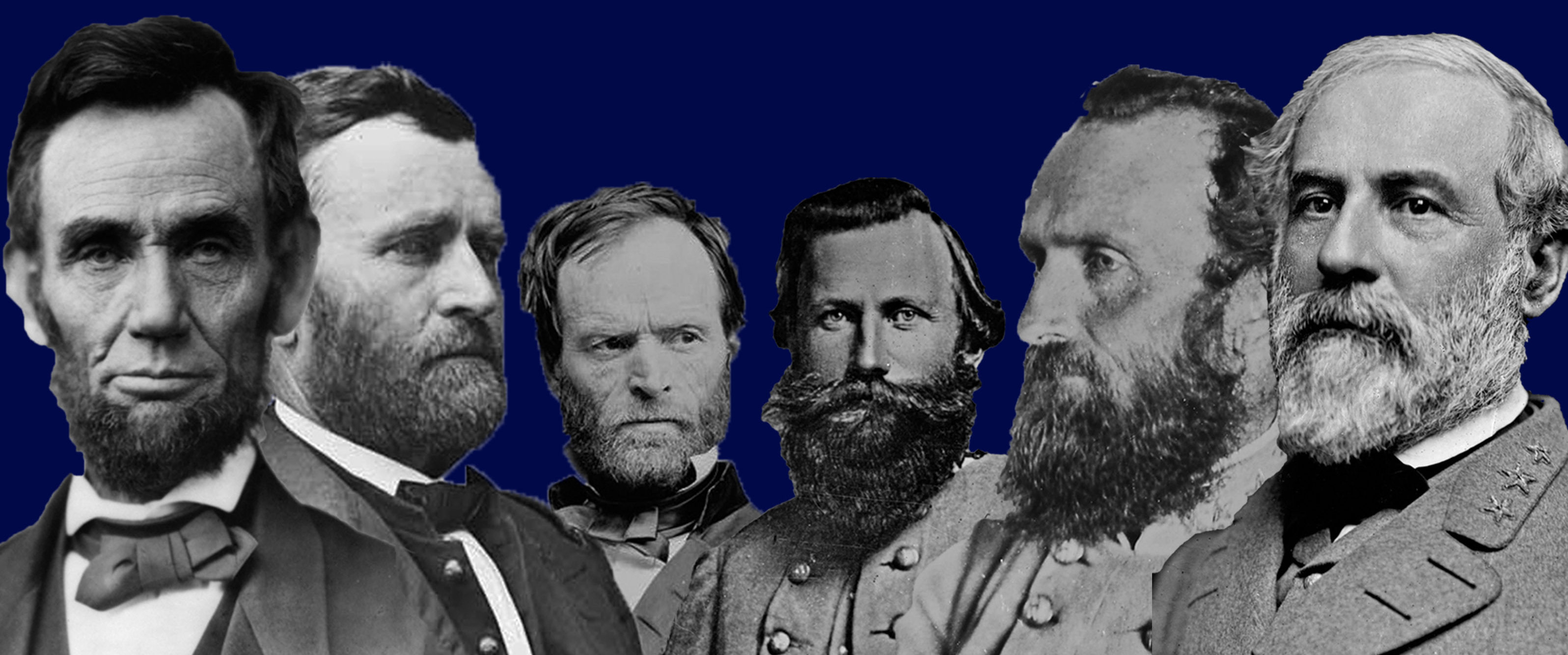
(New-York Historical Society)
Louis Prang was born in Breslau, Germany, on March 12, 1824. His father was a calico printer who taught a young Louis the art of color mixing and color printing. While working with his father in the family business, Louis’ political involvement in the unsuccessful 1848 German Revolution caused him to have to flee the country. He traveled through Europe for two years before emigrating to America in 1850.
Prang settled in Boston and worked in various publishing jobs where he perfected his skills in chromolithography. After a short partnership with fellow lithographer Julius Mayer, he bought Mayer out and established his own firm, L. Prang & Co., in 1860. By the outbreak of the Civil War, the business had grown into a factory with seven printing presses.
Instead of producing battle-action lithographs popularized by other Civil War printers like Currier & Ives, Prang’s first war-related work was an 1861 map of the Harbor of Charleston with Fort Sumter. Printed rapidly on cheap paper, an astounding 40,000 copies sold in just a short time. Realizing he had found a niche in the printing business, Prang quickly followed with other maps known for their detail in the routes and distances between Northern and Southern cities.
His most successful print was the War Telegram Marking Map, which came complete with the clever idea of red and blue colored pencils so buyers could mark the track of the Union and Confederate armies in real time with “receipt of every telegram from the seat of war.” Explanations on the map instructed customers to record the Union forces in red and the Rebel forces in blue and to use a “light hand” so the marks could be erased “with the aid of a little soft bread, if necessary.” The map was so popular it went through six editions in 1862 alone.
Following the Civil War, L. Prang & Co. became the country’s leading greeting card producer, being the first to introduce Christmas cards to the United States in 1875. The holiday cards were an instant success and by 1881, the company was printing a reported five million copies a year.
Louis Prang, who became known as the “father of the American Christmas card,” died of pneumonia in 1909 at the age of 85.
L. Prang & Co. Maps (Library of Congress)
Suggested reading:
Holzer, Harold, ed. Prang’s Civil War Pictures: The Complete Battle Chromos of Louis Prang. (New York: Fordham University Press), 2001.





Leave a Reply